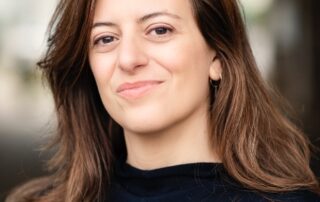Political Thought and the Body: Europe and East Asia, ca. 1100-1650.
Medieval and early modern historians of Europe are familiar with the metaphor of the body politic. A given community (the city, the church, the kingdom, the guild, the state, the nation etc.) is imagined as a body
(mystical, human, animal, monstrous…) and the parallel thus established provides speakers and writers with tools to argue a variety of political points.
The body metaphor could evoke ideas of unity, interdependence, hierarchy, biological need, illness, integrity, fertility, and so on, and transfer such ideas onto the political plan. The body politic was also gendered, and gendering expanded in specific ways the socio-sexual implications of the metaphor. An elaborate theoretical use of the metaphor is present already in the Greek and Roman tradition, as well as the Pauline epistles; Muslim thinkers steeped in the Aristotelian tradition, such as al-Farabi (872-950), expanded its political meaning, particularly with medical connotations. From the twelfth century onwards in Europe the body metaphor underpinned theories of the corporation in legal thought, where imagining a collectivity as a corpus played a fundamental role in developing an idea of legal personhood separate from human individuals, scholastic ethical-political theory, ecclesiastical discourse about and against heresy and conciliarism, as well as early modern political thought and religious polemic. The metaphor was indeed a focal point of many texts of explicit political theory, from John of Salisbury, to Marsilius of Padua, to Christine de Pizan, to Thomas Hobbes. For the philosopher Hans Blumenberg, who traced an original path to a ‘metaphorology’ from Ernst Cassirer’s theory of symbolic forms, late medieval and early modern European thought was informed by contrasting (and interactive) ‘absolute metaphors’, including organic and mechanic metaphors.
If the use of the body-politic in theoretical texts has received sustained historical attention, the same cannot be said of the use of the metaphor in ordinary political languages. The body-politic metaphor circulated widely beyond clerical-learned circles and was used commonly in political language, as shown by documents as diverse as letters, sermons, court records, minutes of councils, or political poems. The diffusion, persistence and multivalence of the body-politic metaphor in the ordinary political languages of medieval and early modern Europe suggest that it played a fundamental role as a conceptual enabler of political imagination and debate.




